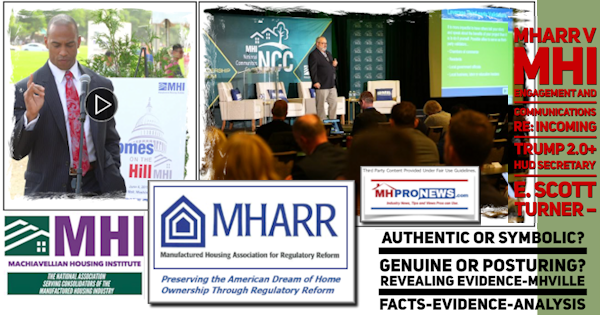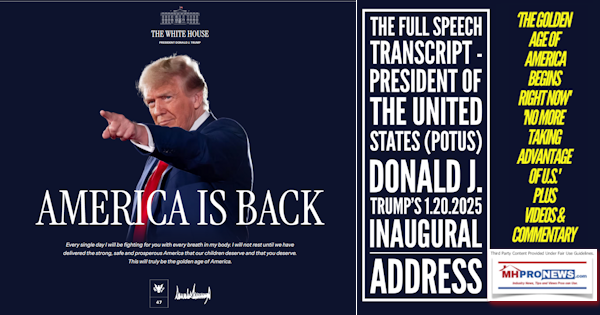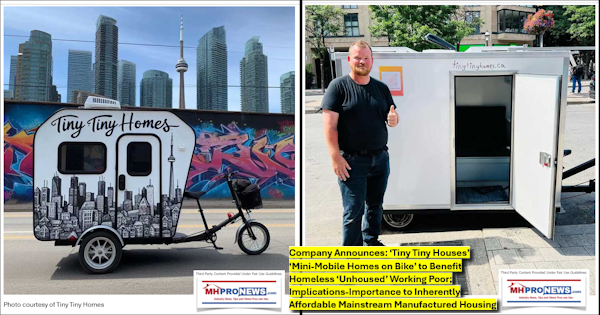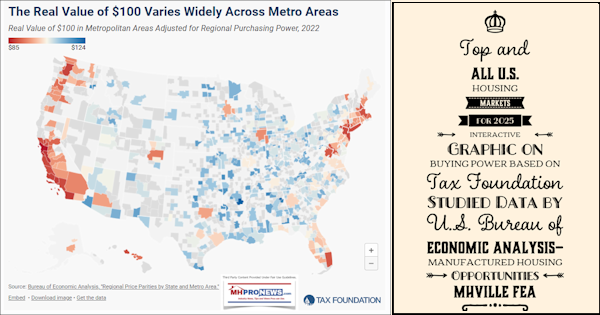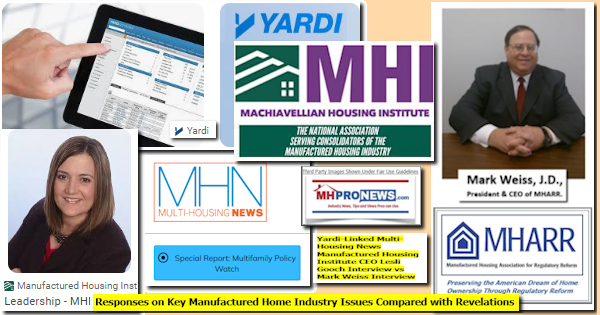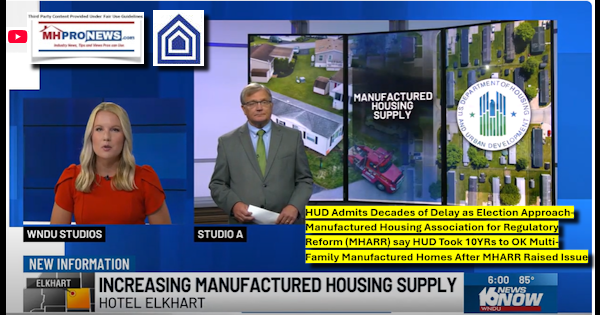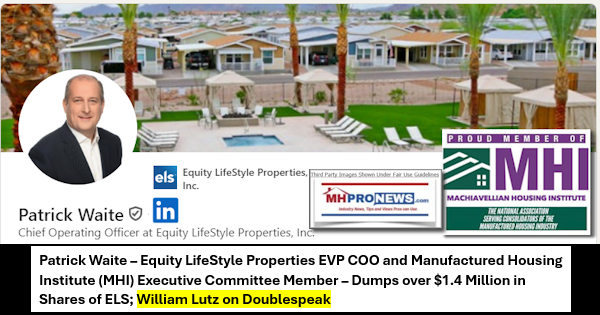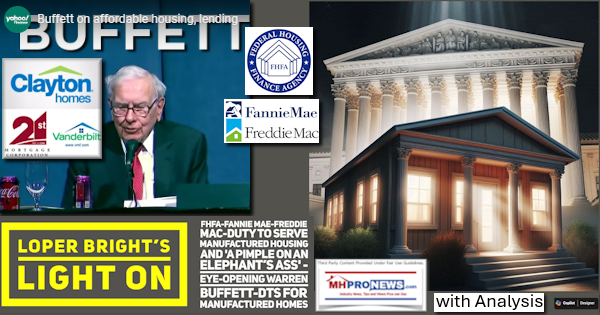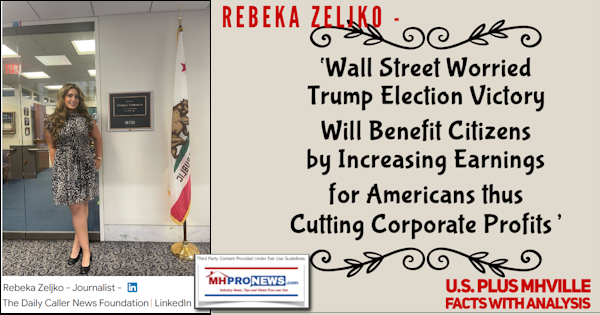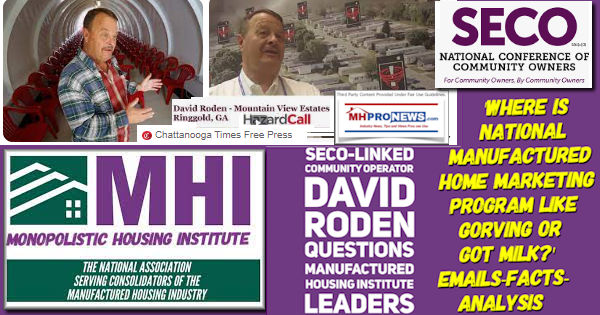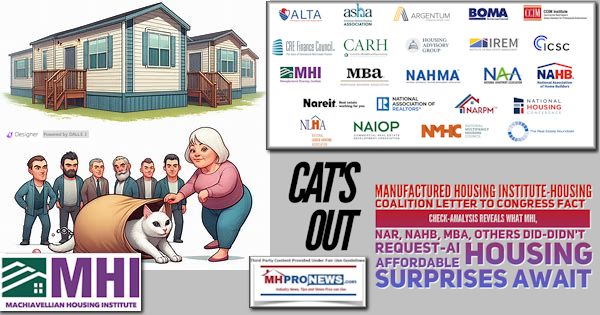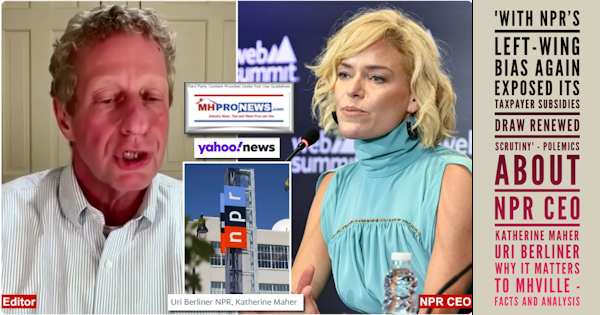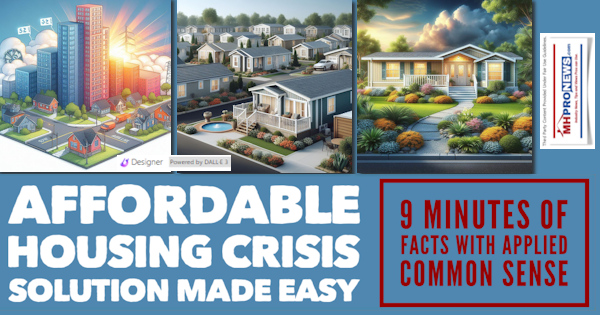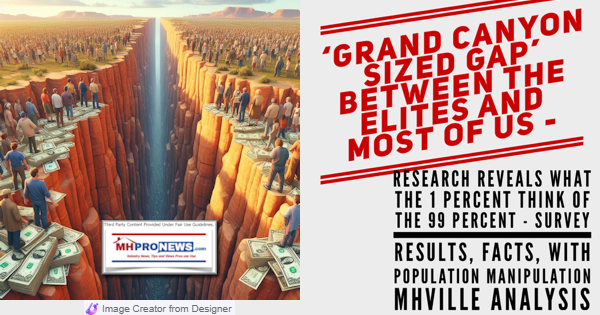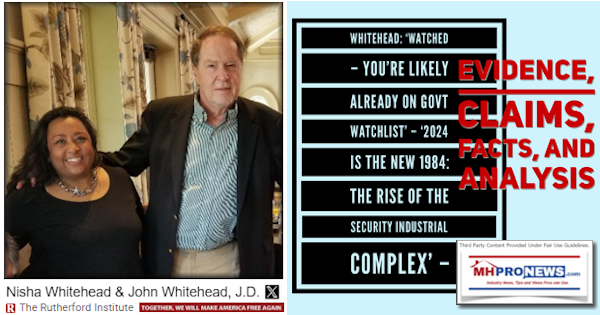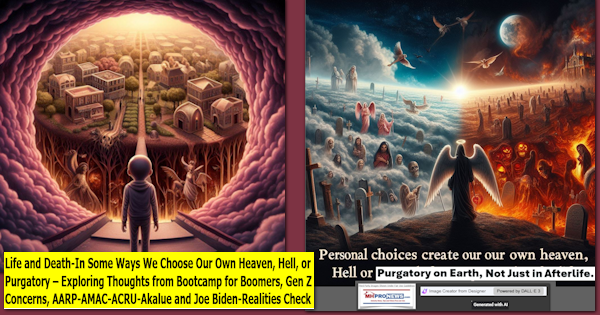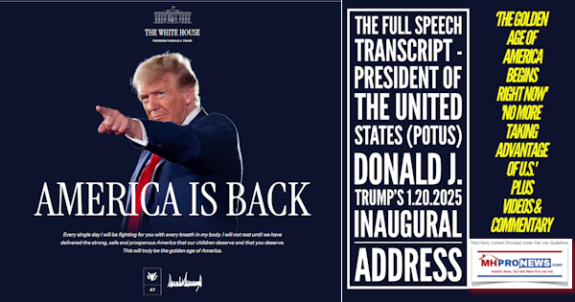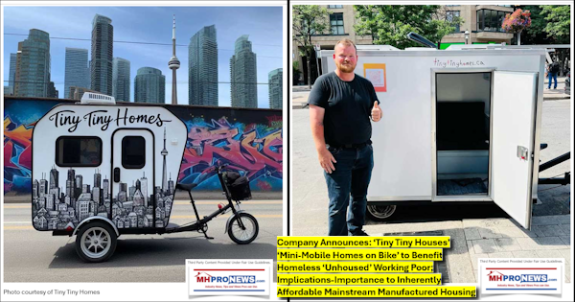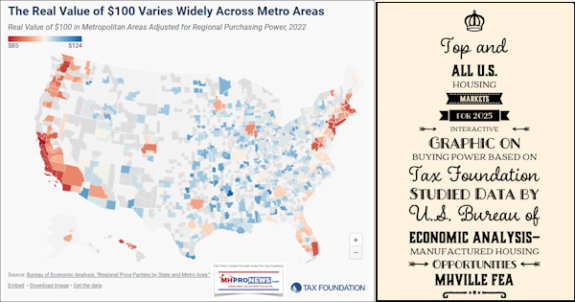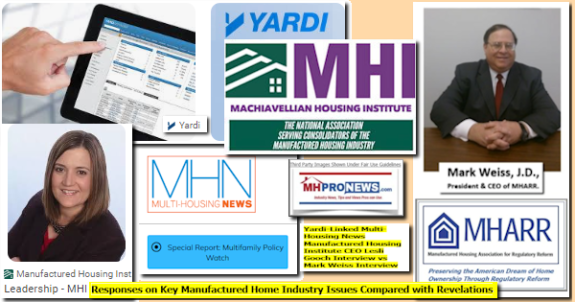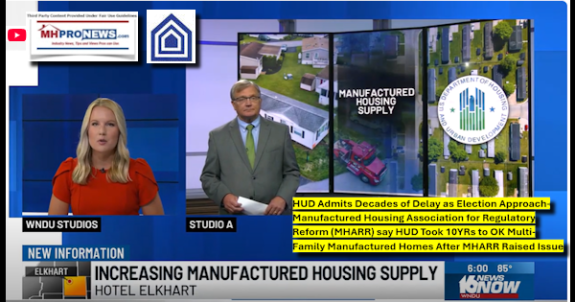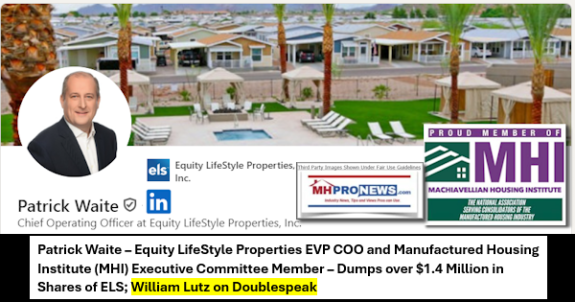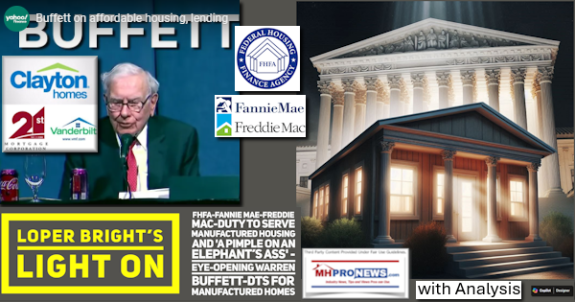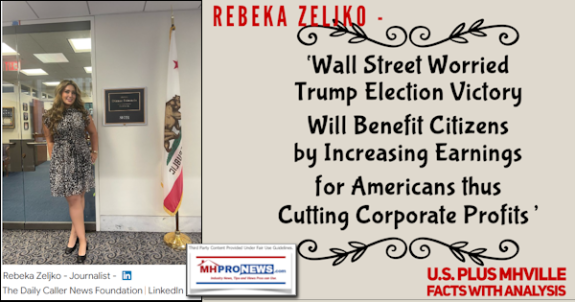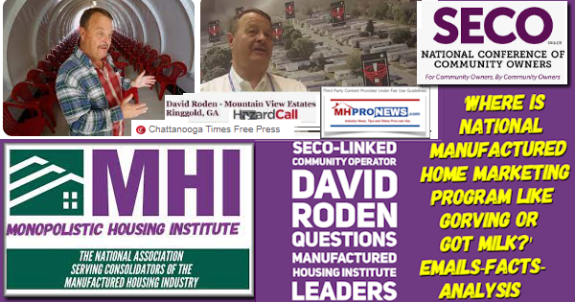This week (on Sept 27) we celebrated the anniversary of the Model T’s debut in 1908. It was the first mass-produced car that was considered affordable for the public. The Ford Motor Company created middle class jobs with their car, and they offered motorized transportation to the masses.
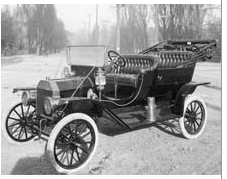
Factory built housing has a similar vision, affordability in housing! Like cars, our Industry can mean good jobs in plants and beyond.
While America has a love affair with cars, certainly in many parts of the U.S. public transit and walkable neighborhoods offer an option. Meanwhile, the basic necessities of life have long been seen as ‘Food, Clothing and Shelter.’
With manufactured housing, we offer quality shelter that is affordable.
Almost a century ago, Frank Lloyd Wright produced American System-Built Homes, one of which was featured in MHProNews.com Daily Business News this week.
Wright was not alone in this vision for factory building and prefab construction to create housing affordability for Americans. Sears and Roebuck as well as others firms like Aladdin Redi-Cut Homes were offering prefabricated components you could buy from a catalog and build at a discount years before World War II.

Here in Chicagoland, the factory once used by Preston Tucker’s fabled automobile company was subsequently used by the Lustron Corporation for factory-built homes.
Carl Strandlund, a Swedish born inventor and engineer, used porcelain and steel as elements in his new factory home-building process. Strandlund founded Lustron in In 1947. Government officials loved the idea of using post-war factories to build affordable housing. So the Reconstruction Finance Corporation (RFC) loaned Lustron millions to promote the effort.
“We believe that our technology has advanced to the point where a basic commodity as necessary as a home no longer should be handmade,” Strandlund said. “We think it has advanced to the rank of the automobile-that it can be mass-produced, handled by local dealers, transported to a new locality if desired, even traded in on a larger model.” He added: “The Lustron home isn’t a cheap house by any means. It isn’t a substitute for a house similar to those we are used to now. What Lustron offers is a new way of life.”
What happened to this vision? Politics, both local and national, among other factors.
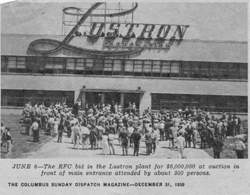
“Building inspectors did not embrace the unfamiliar structural system and, with the encouragement of unions fearful of losing jobs, forbade the erection of Lustrons in some cities, including Chicago. Even more troublesome was an investigation by a U.S. Senate banking subcommittee into the RFC loans. This led, in 1950, to the loans being recalled, forcing the Lustron Corporation into bankruptcy and bringing the production line to a permanent halt by that May.” (quote and info courtesy of Lustron Preservation).
Architect and MIT professor Carl Koch worked briefly for Lustron on a never-built deluxe model. Koch said, “When I leaf back through the records-plans, brochures, contracts, the transcript of Congressional autopsies-I admit to a confusion of feelings between the way we regarded it then . . . and the way it turned out to be. Seldom has there occurred a like mixture of idealism, greed, efficiency, stupidity, potential social good, and political evil. Seldom, surely, has a good idea come so close to realization, and been so decisively slugged.”
Does anyone see any similarities here between what manufactured housing is experiencing in recent years, and what happened to the Lustron vision?
Manufactured homes have continuously evolved into better, stronger, more energy efficient and ‘green’ production that wastes less and builds faster than conventional construction. There are those industry voices who whisper that ‘the fix is in’ to do in manufactured housing, from powerful political interest groups.
We are NOT going to argue for or against such ‘conspiracy theories’ that allegedly target the manufactured housing industry. What we are saying is that we need to be savvy and learn our historical lessons.
Manufactured housing is an exceptional concept! It should be seen on-par in housing with the automotive vision for the Model-T, providing the masses with quality affordable homes.
But if we do not define ourselves, others will define us.
If we do not market ourselves, others will drive a dagger into the heart of our Industry, or we could just die from simple neglect. It is not just business owners who will suffer the loss from manufactured housing’s strong promise. Millions of Americans will suffer the loss of a home option they often misunderstand because of media and other myths and mis-information. And – let’s be honest – due to our own lack of creating that positive image for our homes.
By sharing the vision for manufactured homes – by Dominating Your Local Market – or through a broader image and turn-around vision of the MH Alliance – we can re-build, share and thus grow the future of our great industry.
If each of us does a little, the net result will be enormous. It doesn’t take everyone, the old 80-20 rule will likely apply here. 20% of the owners and pros will do 80% of the work, but that 20% will also reap the lion’s share in rewards that the 80% who did nothing will later envy.
With enough forward thinking pros pulling together, we can bring the dream of factory built homes into the 21st century with style. Let the winners and the daring say ‘yes.’ The rest will do what naysayers and ‘it can’t be done’ typically do…by sipping a little whine with their meager cheese.
It is the 20%ers who make history. Be a 20%er. # #

